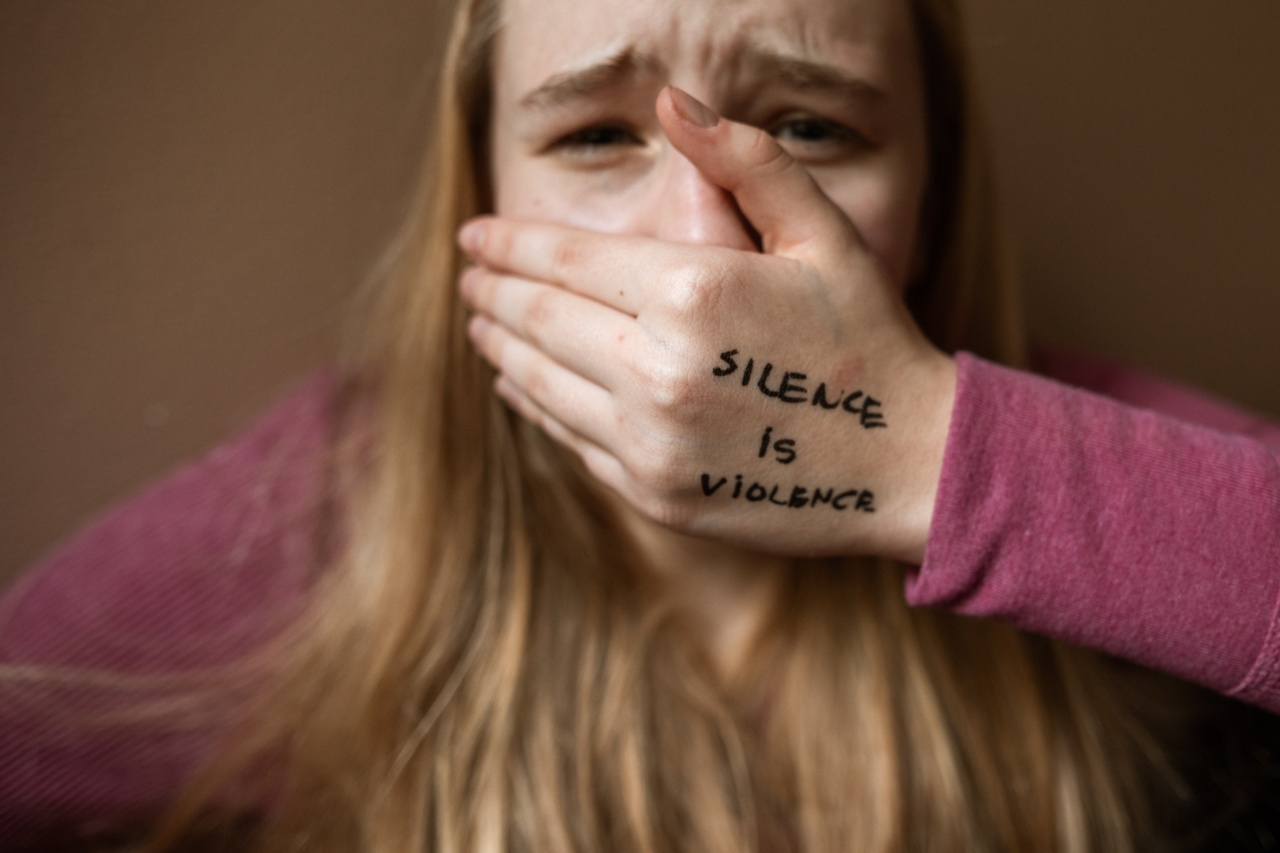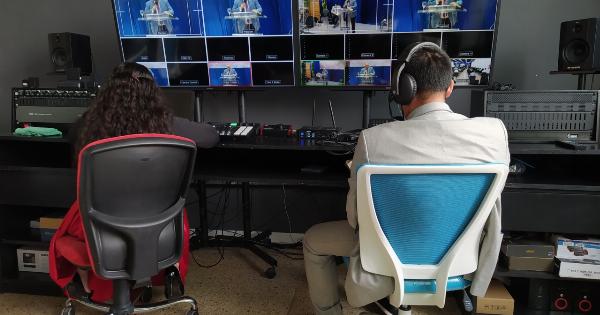In relationships, violence is often associated with physical harm, such as hitting or pushing. However, there is another type of violence that is equally damaging, yet often goes unnoticed and unrecognized – non-physical violence.
This form of violence encompasses various subtler behaviors that can have significant negative impacts on individuals and their relationships. Referred to as a “silent killer,” non-physical violence can erode trust, self-esteem, and emotional well-being over time.
The Many Faces of Non-Physical Violence
Non-physical violence in relationships takes different forms. It can manifest as verbal abuse, emotional manipulation, psychological control, financial exploitation, or even digital harassment.
These methods of control and harm may not leave visible scars but can bring about lasting psychological and emotional trauma.
1. Verbal Abuse
Verbal abuse involves the use of words to belittle, demean, or intimidate a partner. It may include name-calling, shouting, criticizing, or making derogatory remarks.
Constant exposure to such behavior can damage a person’s self-esteem and confidence, leading to feelings of worthlessness and powerlessness.
2. Emotional Manipulation
Emotional manipulation is a tactic often used to control and manipulate a partner’s actions and emotions. This can involve guilt-tripping, gaslighting, or emotional blackmail.
Manipulators exploit their partner’s vulnerabilities, instilling doubt and confusion, making them more dependent and easier to control.
3. Psychological Control
Psychological control refers to behaviors that undermine a person’s autonomy and sense of self.
This can include isolating them from friends and family, restricting their access to resources or information, or constantly monitoring their activities. By exerting control over various aspects of their partner’s life, the abuser maintains power and dominance.
4. Financial Exploitation
Financial exploitation occurs when one partner controls the finances, withholding resources and access to money to exert power and control over the other.
This can leave the victim financially dependent and trapped, making it challenging to leave the abusive relationship.
5. Digital Harassment
In the digital age, technology has provided new avenues for abuse. Digital harassment involves using technology and online platforms to stalk, intimidate, or humiliate a partner.
This can take the form of incessant calling or texting, monitoring online activities, or spreading malicious rumors.
The Impact of Non-Physical Violence
Non-physical violence can have severe consequences for the individuals experiencing it and for the overall health of their relationships. The effects can include:.
1. Emotional and Psychological Consequences
Victims of non-physical violence often suffer from heightened levels of anxiety, depression, and low self-esteem. They may experience difficulty trusting others and engaging in healthy relationships due to the emotional trauma they have endured.
2. Isolation and Alienation
Non-physical violence can isolate individuals from their support networks, making it challenging to seek help or escape the abusive relationship.
Abusers often manipulate their partner’s perceptions, making them believe that nobody else will understand or help them.
3. Cycle of Violence
Non-physical violence can create a cycle of abuse, where periods of relative calm and affection are followed by episodes of escalating tension and violence.
This cycle reinforces the psychological hold the abuser has over the victim, making it harder for them to break free from the toxic cycle.
4. Impact on Children
Children growing up in households where non-physical violence occurs are also deeply affected. Witnessing such behavior normalizes violence for them, potentially perpetuating the cycle in their own future relationships or causing long-lasting trauma.
Breaking the Silence and Seeking Help
It is crucial for individuals in abusive relationships to recognize the signs of non-physical violence and understand that help is available. Here are some steps to consider:.
1. Educate Yourself
Learn about the different forms of abuse and violence, and understand that physical harm is not the only indication of an unhealthy relationship. Recognizing the subtler signs of non-physical violence is essential for intervention and seeking support.
2. Speak Up
Breaking the silence is often the first step toward healing and escaping an abusive relationship. Reach out to a trusted friend, family member, or support helpline to share your experiences and seek guidance on your next steps.
3. Seek Professional Help
Therapy and counseling can provide the necessary tools and support to break free from the cycle of non-physical violence.
Professionals can help victims rebuild their self-esteem, establish healthy boundaries, and develop the necessary skills to overcome the trauma.
4. Safety Planning
Developing a safety plan is crucial for individuals seeking to leave an abusive relationship.
This may involve securing finances, finding alternative living arrangements, and creating a support network of trusted individuals who can provide assistance when needed.
Conclusion
While physical violence often grabs attention due to its visible nature, non-physical violence can be equally damaging and insidious. Its subtlety masks the harmful effects it has on individuals and relationships.
Recognizing non-physical violence, breaking the cycle, and seeking help are vital steps towards healing and creating healthier, more fulfilling relationships.





























